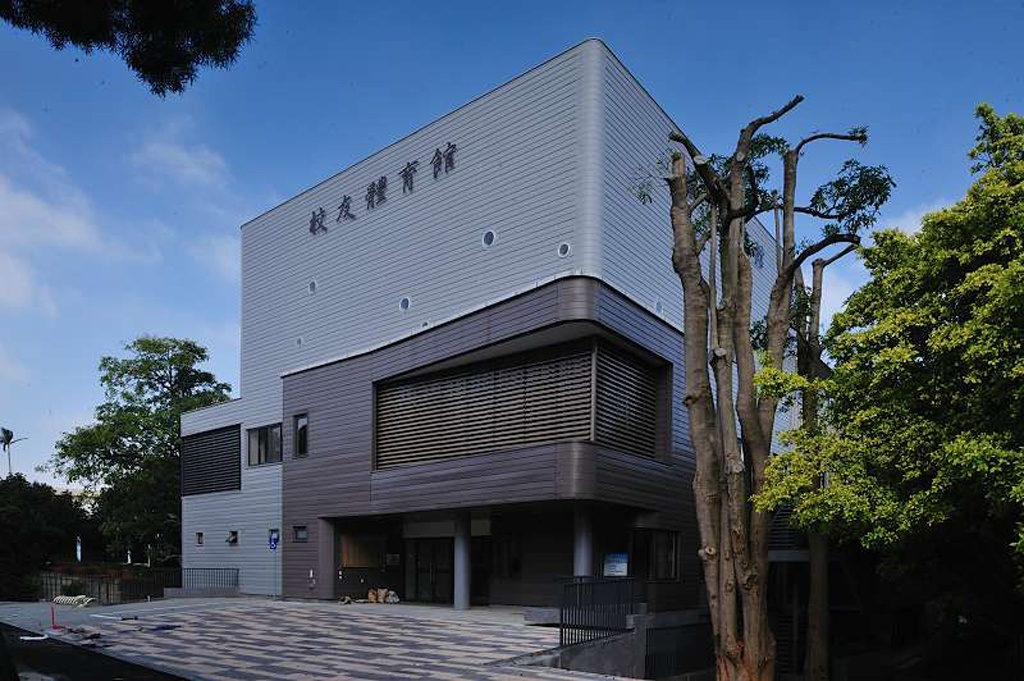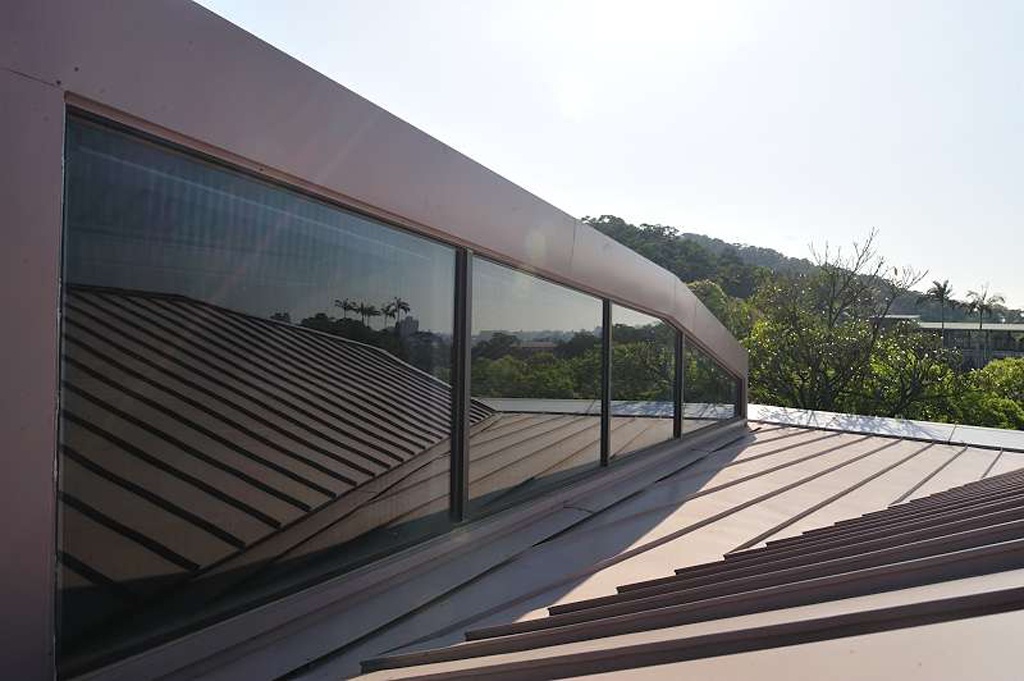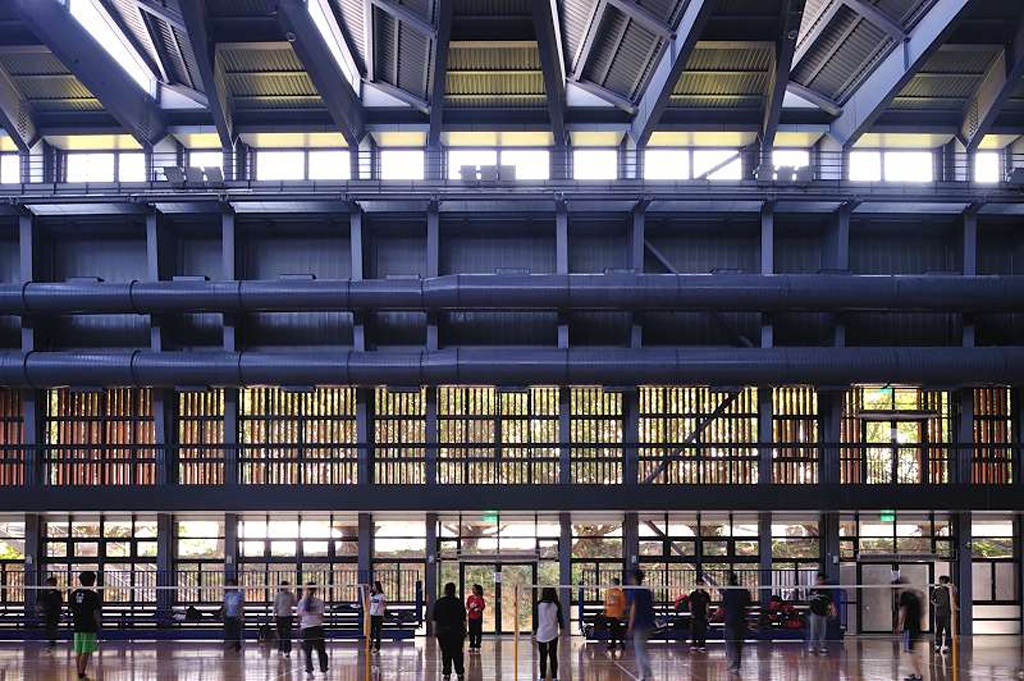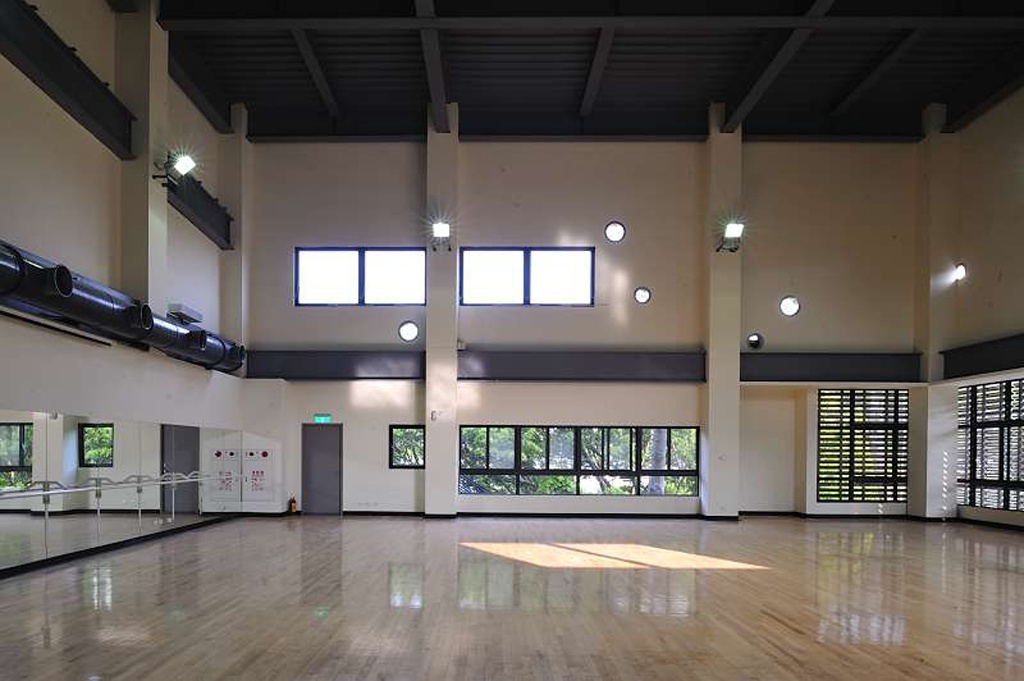
Clear Light University Alumni Sports Center
Landscape Design Plan and Style Shaping Concept
1. Echoing the Campus Environment and Demonstrating Diversity
The architectural vocabulary, functional arrangement, overall configuration, and terrain application should resonate with the campus environment and urban context surrounding the site.
2. Reasonable Space Arrangement to Create Campus Activity Focal Points
The spaces in this building should maintain flexibility and openness to accommodate large crowds during sports events. The spatial circulation should be simple and rational, considering the arrangement of sports-related facilities such as showers, locker areas, and storage spaces.
Finishes, Main Building Materials, and Sports Equipment
1. Finishes and Main Building Materials
Exterior Facades and Openings: Considering the unique physical environmental changes in the Hsinchu area, the design should enhance natural lighting and ventilation. The exterior facade should have appropriate setbacks with perforated steel panels to create a multilayered facade, providing sun shading, rain protection, and wind resistance while creating rich variations of light and shadow. Colors and Materials: Durable and easy-to-maintain materials in single colors should be used predominantly. Color choices should complement the overall color scheme of the campus to maintain consistency.
2. Indoor Environment
Indoor finishing materials should use low-pollution materials, and at least 5% of the materials should meet green building standards. The interior color design, including ceilings, floors, walls, and furniture, should be differentiated based on the functions of each area. The sports center's interior should use color schemes that promote harmony, brightness, and pleasantness while ensuring they do not interfere with the participants' vision during sports activities. The design should have a well-planned and visually pleasing indicator system, taking into account systematic, user-friendly, and international considerations.
1. Echoing the Campus Environment and Demonstrating Diversity
The architectural vocabulary, functional arrangement, overall configuration, and terrain application should resonate with the campus environment and urban context surrounding the site.
2. Reasonable Space Arrangement to Create Campus Activity Focal Points
The spaces in this building should maintain flexibility and openness to accommodate large crowds during sports events. The spatial circulation should be simple and rational, considering the arrangement of sports-related facilities such as showers, locker areas, and storage spaces.
Finishes, Main Building Materials, and Sports Equipment
1. Finishes and Main Building Materials
Exterior Facades and Openings: Considering the unique physical environmental changes in the Hsinchu area, the design should enhance natural lighting and ventilation. The exterior facade should have appropriate setbacks with perforated steel panels to create a multilayered facade, providing sun shading, rain protection, and wind resistance while creating rich variations of light and shadow. Colors and Materials: Durable and easy-to-maintain materials in single colors should be used predominantly. Color choices should complement the overall color scheme of the campus to maintain consistency.
2. Indoor Environment
Indoor finishing materials should use low-pollution materials, and at least 5% of the materials should meet green building standards. The interior color design, including ceilings, floors, walls, and furniture, should be differentiated based on the functions of each area. The sports center's interior should use color schemes that promote harmony, brightness, and pleasantness while ensuring they do not interfere with the participants' vision during sports activities. The design should have a well-planned and visually pleasing indicator system, taking into account systematic, user-friendly, and international considerations.
| Category | Public |
|---|---|
| Location | Hsinchu City |
| Completion | 2012 |
01 / 10








